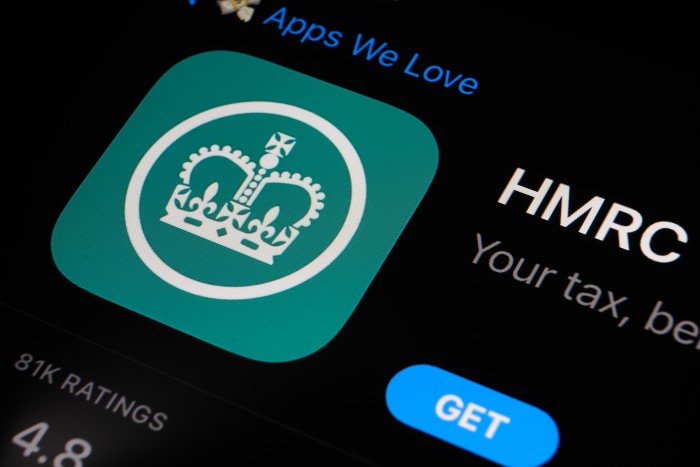
HMRC has recently started contacting taxpayers who claimed Investors’ Relief on their 2022/23 Income Tax Self Assessment (ITSA) returns but may not meet the necessary conditions for the relief. This targeted approach is part of HMRC’s efforts to ensure compliance with tax regulations and to rectify potential errors in self-assessment filings.
What is Investors’ Relief?
Investors’ Relief is a capital gains tax (CGT) relief designed to encourage long-term investment in unlisted trading companies. When the conditions for Investors’ Relief are met, qualifying capital gains from the disposal of shares are subject to a reduced CGT rate of 10%, as opposed to the standard rates that can be as high as 20%. This relief is particularly beneficial for taxpayers who have invested in shares over a significant period and are looking to minimise their tax liabilities on gains.
HMRC’s Two-Tier Communication Approach
HMRC is sending out two types of letters to taxpayers who have claimed this relief on their 2022/23 returns, with each letter addressing different concerns.
- The First Letter: A Request for Self-VerificationThe first type of letter asks taxpayers to reassess their eligibility for Investors’ Relief. This is essentially a nudge from HMRC, encouraging taxpayers to check the criteria and ensure they legitimately qualify for the relief. If a taxpayer finds that their claim is incorrect, they are advised to amend their return accordingly. However, if the taxpayer believes their claim is valid, no further action is required on their part.This step is crucial as it allows taxpayers to rectify any mistakes voluntarily, hopefully avoiding the more severe consequences of non-compliance.
- The Second Letter: Insufficient Information ProvidedThe second type of letter is more direct and is sent to taxpayers who have not provided enough information to substantiate their claim for Investors’ Relief. HMRC clearly states that without the required information, the claim cannot be accepted, and the taxpayer may be liable for additional CGT on the disposal of shares.In this letter, HMRC outlines the specific information that must be provided to support the claim. Taxpayers receiving this letter have two options: they can either amend their return to remove the claim or contact HMRC to supply the missing information. This must be done within 30 days of the letter’s date to avoid further penalties.
Consequences of Inaction
Taxpayers are strongly advised to take these letters seriously. Failure to act within the stipulated 30-day period could lead to HMRC charging interest on any overdue tax payments. Moreover, depending on the circumstances, HMRC may also impose additional penalties for late payment or inaccuracies in the self-assessment return.
It’s worth noting that while these letters provide an opportunity for taxpayers to correct any errors, ignoring them could result in more significant financial and legal repercussions.
Key Takeaways for Taxpayers
- Review Eligibility: Taxpayers who receive the first letter should carefully review their eligibility for Investors’ Relief. If they discover they do not meet the criteria, they should promptly amend their tax return.
- Provide Complete Information: For those receiving the second letter, it is critical to either provide the additional information requested by HMRC or amend the tax return to remove the relief claim.
- Act Promptly: All actions should be taken within 30 days of receiving the letter to avoid interest charges and potential penalties.
How to Contact HMRC
The letters from HMRC include guidance on the specific conditions that must be met for claiming Investors’ Relief and provide detailed instructions on how to contact HMRC if further assistance is needed. Taxpayers who are unsure about their claim or who require clarification are encouraged to reach out to HMRC as soon as possible.

Navigating the complexities of tax reliefs like Investors’ Relief can be challenging. It’s essential to ensure that you fully understand the conditions and provide all necessary information when claiming such reliefs. If you receive one of these letters from HMRC, it’s in your best interest to act quickly and seek professional advice if needed to ensure compliance and avoid potential penalties.
All information in this article should be considered ‘general’ and not specific advice from the K2 Accountancy Group. If you would like to discuss how the information presented relates to you and your individual business circumstances, please contact us directly.
Latest Articles
Autumn 2025 BudgetUpcoming Changes to UK Audit Regulations: What You Now Need to KnowEU Implements New Digital Measures for VAT Compliance. Growing Pains Ahead?International Trade Week Presents New Opportunities and Training for BusinessesBudget 2024 Summary: Key Tax Changes and Challenges for Businesses and Individuals
